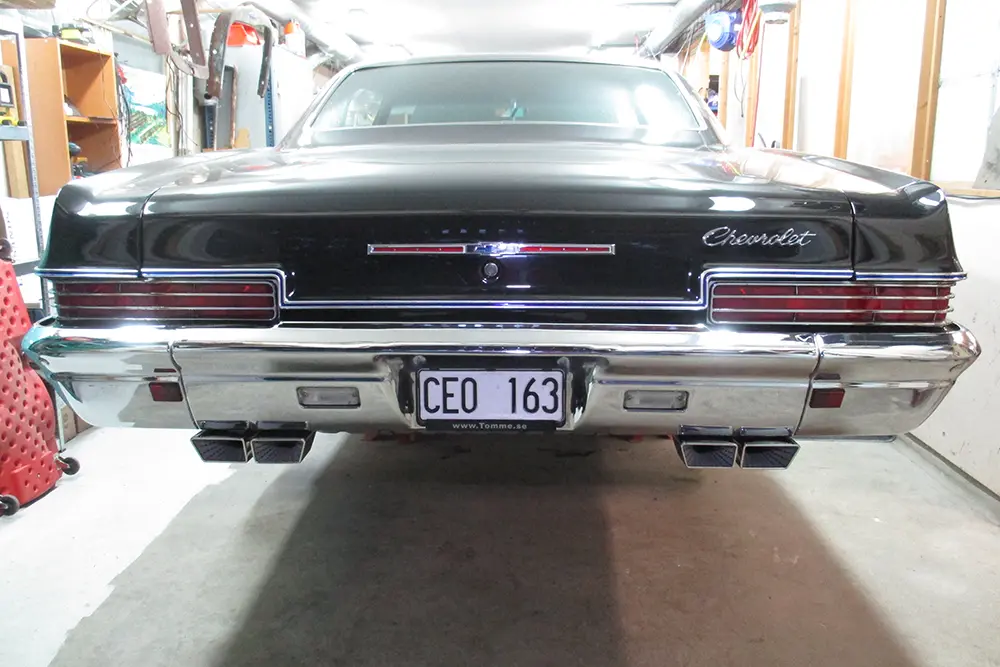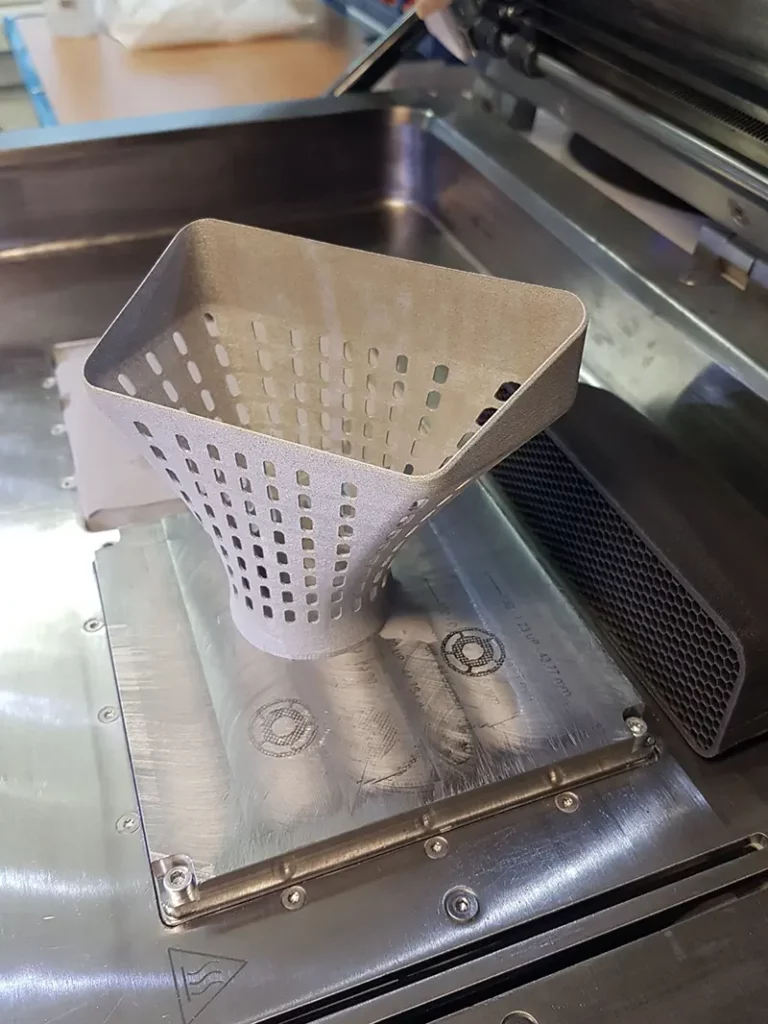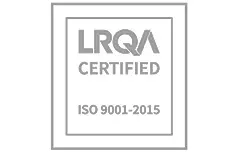
CASE STUDY: AUTOMOTIVE
1966 Chevy Impala restored with an Xact Metal machine
In 1980, a young car enthusiast named Tomme acquired a 1966 Chevrolet Impala after it had been damaged in a fire. The interior was ruined, and the dashboard had taken a beating, but the car still had life in it, and Tomme was determined to restore it.
There were many improvements needed to be made to the car to bring it back to a drivable state, but with time and much care, it began to resemble the original model. Once brought back to its original condition, Tomme began making custom upgrades to the vehicle. In 2014, he had the idea to add a more eccentric exhaust pipe configuration. The car has a V8 engine with dual exhaust pipes, but with Tomme’s new design it would appear to have a total of four exhausts.
Tomme began considering different designs and testing a few models. The design he landed on has rectangular tailpipes, with the outer sides and rear edges angled, mimicking the Impala’s rear bumper. He then designed the 3D models in a software program called TopSolid.
Additive manufacturing unlocks possibilities
But manufacturing custom metal is a costly process that requires heavy duty equipment and Tomme didn’t have the means to make this work. Not until March of 2022.
The project had been on an indefinite hold because it was impossible for Tomme to manufacture the pipes in stainless steel. That was until the XM200C, a powder bed fusion metal 3D printer by Xact Metal, was installed at the Protech office, his workplace in Sweden. With this machine at his disposal, his dreams began to be realised.
Production
To produce the final version, the tailpipe design had to be a multipart assembly. A Y-Pipe was clamped directly to the existing tailpipe and on each arm, a perforated insert. This insert was held in place by a rectangular cover that screwed into an arm of the Y-Pipe. These parts were too large to be printed as a complete set in the XM200C, so they were welded together afterwards.
Prior to building the initial prototype, some details were printed in stainless steel to test the functionality of the clamp and to assess the finish of sanding and polishing the ends. Once these parts were validated, Tomme got to printing.
How it worked

These parts could be functional directly after printing as they are fully dense as printed. However, in the interest of aesthetics, all parts except the inserts, were sanded and polished, especially the end pipe, which is the most visible component.
The Impala has been featured in automotive magazines and it has also been entered into multiple car shows across Europe. Thanks to the care and dedication from Tomme, the 1966 Chevy Impala was turned from a fire wreck into a vehicle to be admired. The classic car has been a long-term project for Tomme, spanning many years. The project has introduced him to new technologies, new people, and even won him a few awards along the way.
To find out how the Xact Metal XM200C could help your business, call Laser Lines on 01295 672599 or email [email protected]









